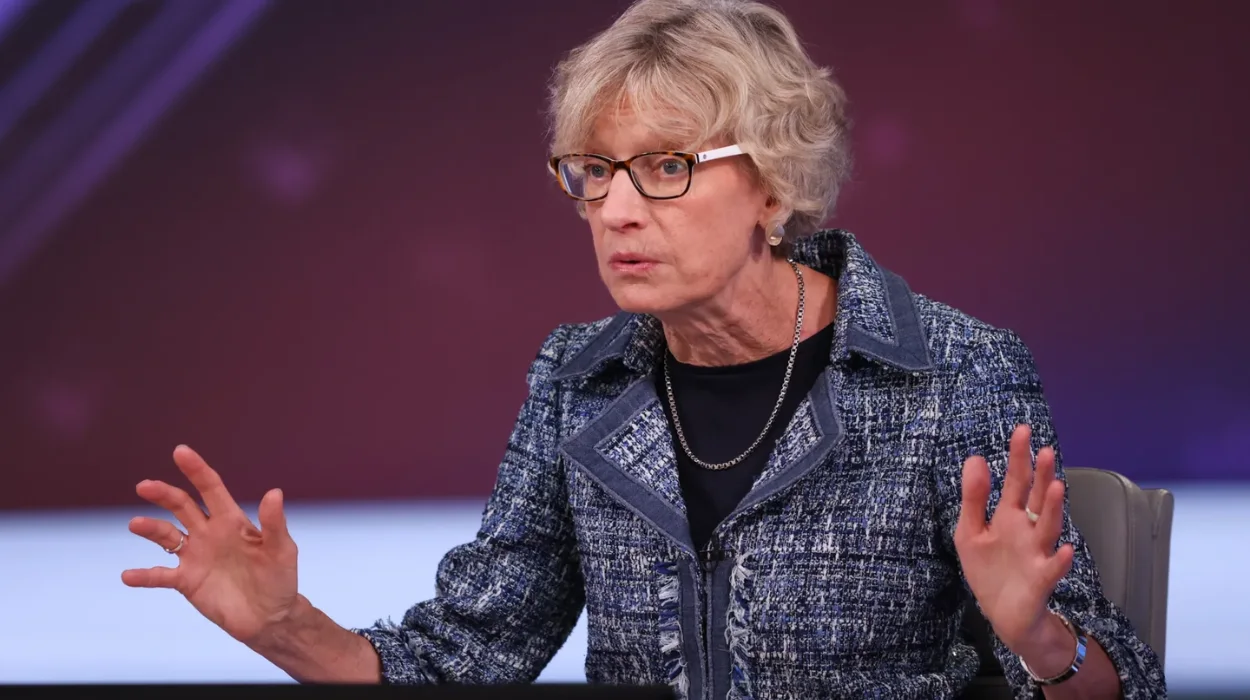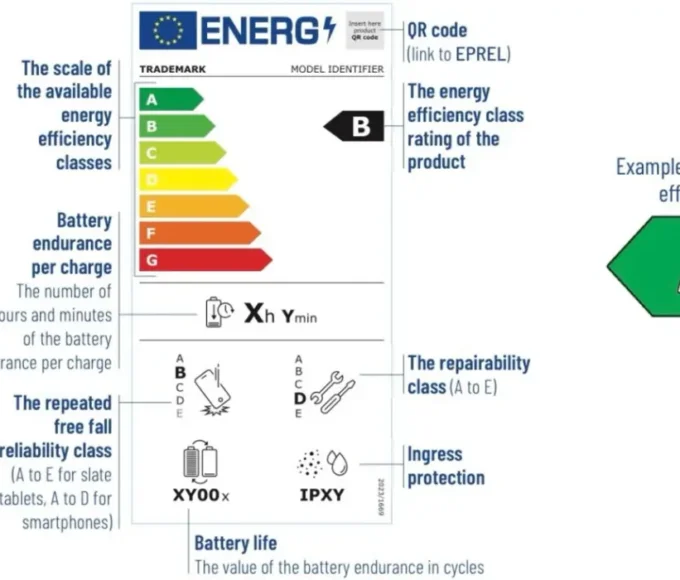Bank of England Monetary Policy Committee (MPC) member Catherine Mann emphasized on October 1, 2025, that UK monetary policy remains “relatively loose” despite inflation risks. She backed the central bank’s decision to keep the benchmark interest rate steady at 4%, citing persistent inflation pressures, labor market dynamics, and external risks as reasons to maintain a cautious approach. Mann’s comments highlight the balancing act policymakers face in steering inflation back towards the 2% target while safeguarding economic stability amid ongoing uncertainty.
Inflation Pressures and Monetary Policy
Inflation Persistence Challenges
Catherine Mann underscored that the inflation persistence scenario outlined by the Bank of England earlier this year is now unfolding. The UK Consumer Price Index (CPI) was at 3.8% in August 2025, with forecasts pointing to a slight rise in September before gradually trending down towards the 2% target. However, Mann flagged concerns from the MPC about “drift in inflation expectations” among UK households, noting that long-term inflation expectations had risen to 3.8%, the highest since 2019.
This elevated inflation expectation partly stems from ongoing supply-side pressures, including recent wage increases driven by the National Living Wage and National Insurance contributions. Firms, coping with higher costs, continue passing these onto consumer prices, which feeds persistent inflation risks.
Keeping Policy “Relatively Loose”
Despite these inflation concerns, Mann advocates for maintaining the Bank Rate at 4%. She described current policy as “relatively loose” compared to the economic risks, warning against premature tightening that could destabilize growth. She supports a “longer hold” on rates with a preference for clear, fundamental-driven decisions rather than reacting to market pressures.
Economic and Labor Market Outlook
Signals for Future Monetary Action
Mann pointed out that only a significant “non-linear adjustment” in the labor market—like a marked slowdown in employment or demand—would prompt her to consider lowering interest rates. Wage growth remains elevated although it shows signs of moderation, continuing to exert upward pressure on inflation.
Supply chain complexities along with ongoing tariff shifts remain additional challenges for businesses and policymakers. Mann indicated that these factors contribute to the difficult balancing act the MPC faces between containing inflation and supporting growth.
External Risks and Market Sentiment
Impact of US Government Shutdown
Catherine Mann also highlighted how external uncertainties, particularly the ongoing US government shutdown, could increase volatility and economic risks for the UK over the coming months. She noted the potential for spillover effects and emphasized the importance of closely monitoring global developments affecting UK financial markets.
Market Response
On the day of Mann’s comments, sterling experienced modest gains, with the GBP/USD exchange rate around 1.3463, reflecting cautious investor confidence tempered by persistent economic concerns.
Bank of England Committee Dynamics
September 2025 MPC Decision
The MPC voted 7-2 in September 2025 to hold the Bank Rate at 4%, rejecting proposals from two members who advocated a 0.25 percentage point cut to 3.75%. The committee also agreed to reduce UK government bond holdings by £70 billion over the next year, trimming the stock from £558 billion to £488 billion.
This approach reflects a consensus to cautiously manage persistent inflation while supporting economic growth and employment, amid mixed signals from inflation and growth data.
Broader Context and Outlook
Inflation and Growth Outlook
While inflationary pressures have eased from recent highs, they remain above the BOE’s 2% target, necessitating a vigilant and patient monetary stance. Wage growth, though slowing, remains an inflation risk, keeping policymakers cautious.
The UK economic outlook is fragile, with weak growth and external risks including tariffs and global political uncertainty shaping monetary decisions.
Future Rate Expectations
Markets currently price in a slow easing cycle with total rate cuts of around 86 basis points anticipated through 2026, reflecting an extended period of caution. MPC members remain divided, with some pushing for further monetary support amid slowing growth, while others urge sustained containment of inflation risks.
Catherine Mann’s public statements reinforce the Bank of England’s prudence in navigating inflation persistence and economic uncertainty. By supporting the hold of the Bank Rate at 4%, Mann signals the need for patience and careful monitoring as the UK economy contends with wage pressures, supply-side challenges, and geopolitical risks. The MPC’s cautious stance aims to balance inflation control with economic stability, shaping monetary policy into 2026.









